When you think of vegetables, what comes to mind? Chances are, you’re thinking of something low in calories. After all, vegetables are generally considered a healthy option, and who wants to consume too many calories if they don’t have to?
However, there are some high-calorie veggies out there that you may not have considered. Growing these high-calorie vegetables in your garden can be beneficial in many ways.
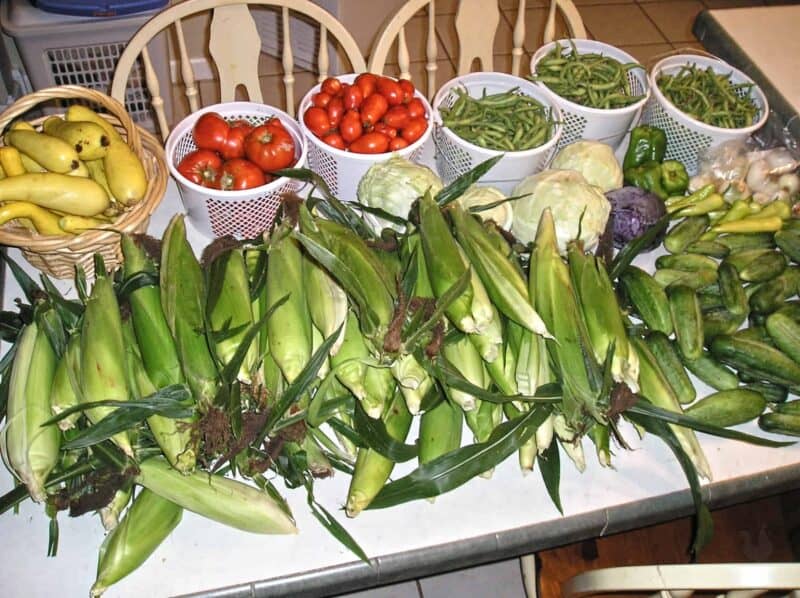
Not only can you maximize the productivity of the limited space you have available, but many of these calorie-laden veggies store well over the winter – meaning you can sustain your family even when the ground is covered in snow.
Keep reading to learn more about the vegetables that will give you the best bang for your buck – with the highest calories compared to their size and how challenging they are to grow.
These staple crops will give you a calorie- and nutrient-dense harvest for a successful season ahead.
Table of Contents:
High-Calorie Veggie Table and Chart
Before we talk about each vegetable, let’s take a look at all of them in one place. First, in the form of a table:
| Veggie | KCalories / 100 Grams | KCalories / Cup |
|---|---|---|
| White Potatoes | 92 kcal | 105 kcal |
| Corn | 90 kcal | 132 kcal |
| Sweet Potatoes | 90 kcal | 180 kcal |
| Parsnips | 75 kcal | 100 kcal |
| Beans | 187 kcal | 347 kcal |
| Beets | 43 kcal | 60 kcal |
| Peas | 81 kcal | 134 kcal |
| Yams | 118 kcal | 118 kcal |
| Lentils | 116 kcal | 116 kcal |
| Carrots | 41 kcal | 47 kcal |
| Butternut Squash | 82 kcal | 45 kcal |
| Spaghetti Squash | 42 kcal | 31 kcal |
| Garlic | 203 kcal | 149 kcal |
| Pumpkin | 30 kcal | 26 kcal |
| Jerusalem Artichokes | 72 kcal | 110 kcal |
| Taro Root | 112 kcal | 187 kcal |
| Turnips | 28 kcal | 38 kcal |
| Tomatoes | 18 kcal | 32 kcal |
| Shallots | 72 kcal | 50 kcal |
| Acorn Squash | 39 kcal | 115 kcal |
… and the table above visualized as a chart. As you can see, garlic and beans have way more kcalories than the rest. They’re easy to grow, too!
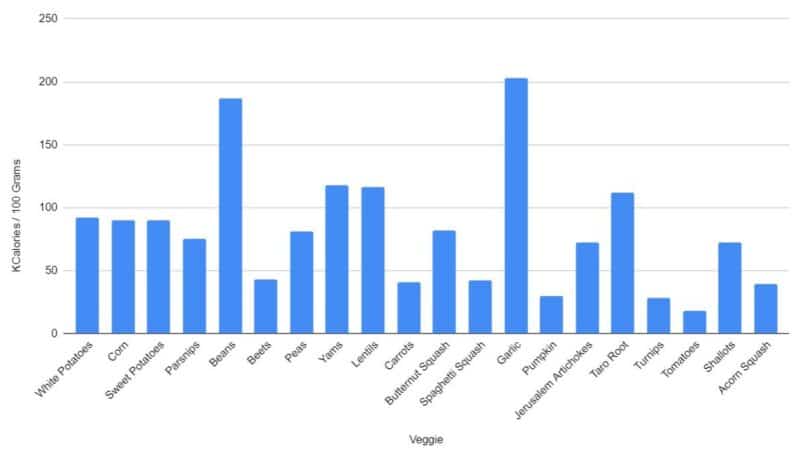
1. White Potatoes
Energy density: 92 kcal / 100g
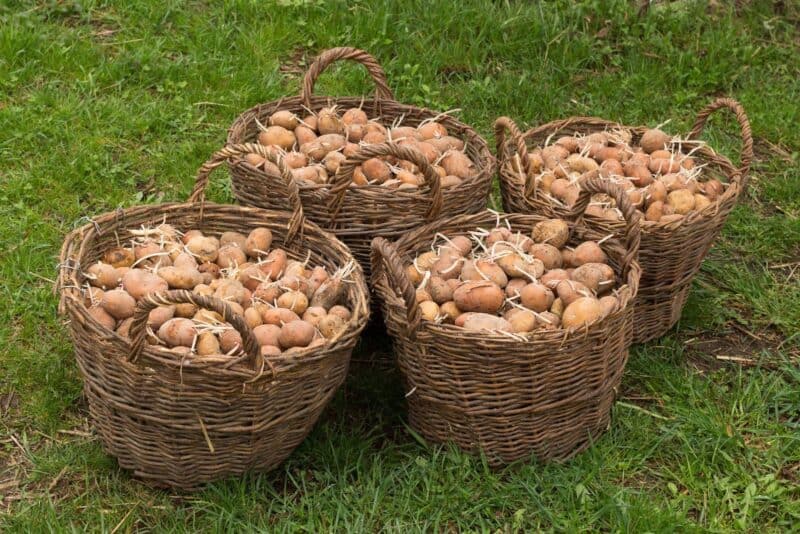
First on our list? Potatoes.
White potatoes are so high in calories and carbohydrates, in fact, that some nutritionists don’t even lump them in the vegetable family at all.
However, potatoes are vegetables, and they’re incredibly easy to grow. You can grow hundreds of pounds of potatoes in a limited amount of space, and since most varieties can last long into the winter months, they’re also perfect to store for later use.
There are dozens of varieties of white, yellow, and red potatoes you can grow. Choose a variety to make your garden as calorie-dense as possible.
And don’t forget – potatoes are beneficial in one other way, too. They are versatile and nutritious. Just one cup has 120 calories and lots of magnesium, potassium, iron, and vitamin C. They can be fried, roasted, mashed, or baked. You’ll never get sick of them!
2. Corn
Energy density: 92 calories in one ear
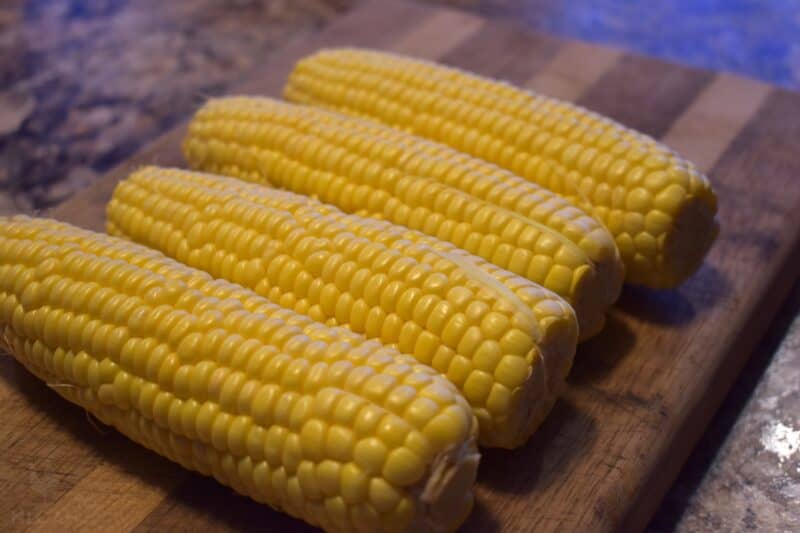
Corn takes a lot of flack in the nutritionist world – and not for a lot of good reasons. When unprocessed and included in a healthy diet, corn is a delicious and nutritious vegetable that definitely has its place.
It uses a lot of nutrients in the garden, but if you’re lucky enough to have a good source of fertilizer on hand (such as chicken manure!) you’ll find that this isn’t a huge issue. It does take up a lot of space, so it might not be as useful for the urban gardener.
Otherwise, corn is a smart vegetable to consider in the survival garden. It provides lots of vitamin C, carotenoids, B vitamins, and magnesium. Plus, it has 110 calories.
You can even process corn into a ground powder or can it for long-term storage. Take advantage of those calories later on in the winter, too!
3. Sweet Potatoes
Energy density: 90 kcal / 100g
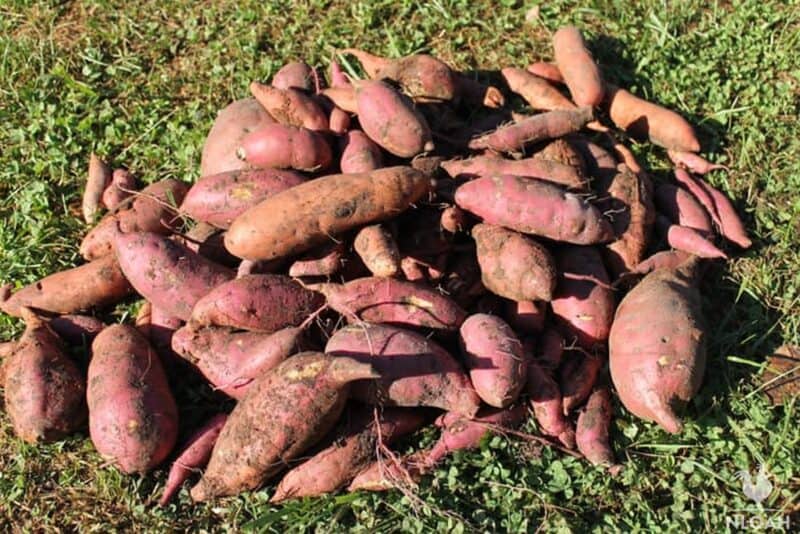
They might not be quite as ubiquitous as white potatoes, but sweet potatoes are just as loaded with calories as well as being even more nutritious.
The orange color of the sweet potatoes should tell you everything you need to know about their nutrient content. Although they have less potassium than white potatoes, they’re loaded with vitamin A, calcium, and the most important one here – beta carotene.
To get the most out of your sweet potatoes, eat the skins!
Like regular potatoes, sweet potatoes can also be cured and stored over the winter in a root cellar or even a well-insulated basement. They have around 115 calories per cup.
4. Parsnips
Energy density: 75 kcal / 100g
Closely related to the carrot – another calorie-dense vegetable that we’ll cover in more detail below – parsnips offer even more calories per cup and exceptional flavor.
They have about 100 calories per cup and are loaded to the brim with folate, manganese, vitamin C, and other nutrients. Because parsnips have a somewhat starchy flavor and lots of fiber, they can easily stand in as a potato substitute, too. Try them mashed to make the most of this substitution!
Parsnips are just as easy to grow as other root vegetables, like carrots, but they can be harvested long after the first winter frost. In fact, a frost makes parsnips taste even sweeter.
5. Beans
Energy density: 347 kcal / 100g
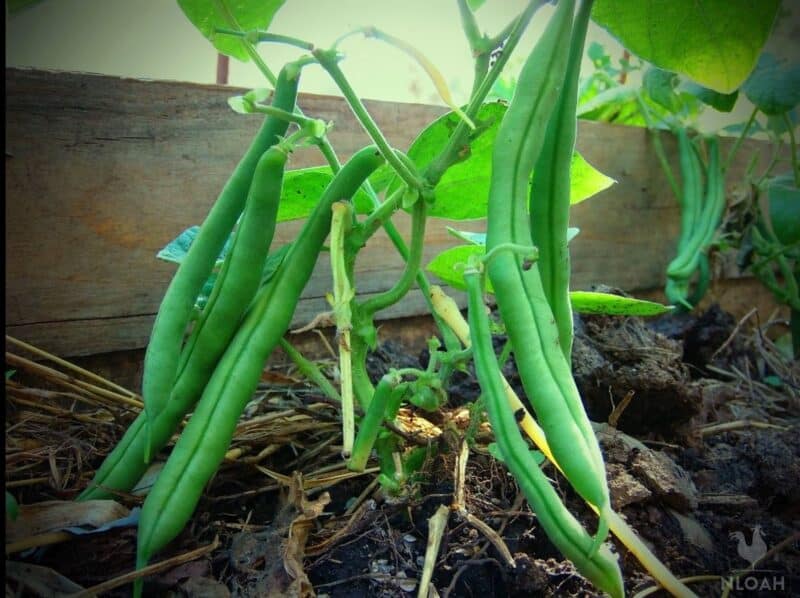
Technically, beans are legumes – but they also have a lot of protein, calories, and nutrition.
There are all kinds of beans you can grow in your garden for added calories, including black beans (the best for protein and fiber intake), soybeans (great for providing phosphorus, iron, and manganese, along with protein), chickpeas (also good for protein, fiber, iron, and manganese) and lima beans.
Lima beans even give you some of your daily copper needs!
These are some of the highest calorie vegetables you can grow, with a single cup serving of one of them coming in at around 200 to 300 calories each. Plus, beans store well if you take the time to dry them. When dried properly, they will last indefinitely!
6. Beets
Energy density: 43 kcal / 100g
Beets offer a real one-two punch when it comes to calories. Although the typical beet isn’t that big, just one cup of cooked beets comes in at around 75 calories. Choose to pickle your beets and you’ll get more than 100 calories per cup.
Plus, you can always eat the greens – although these aren’t as high in calories, they’re still loaded with nutrients and can add a lot of nutrition to your diet.
Beets are low maintenance and are a great cold-weather crop. They only take 60 days to harvest, too, so you’ll be able to grow several rounds of a beet crop in succession throughout the year.
7. Peas
Energy density: 81 kcal / 100g
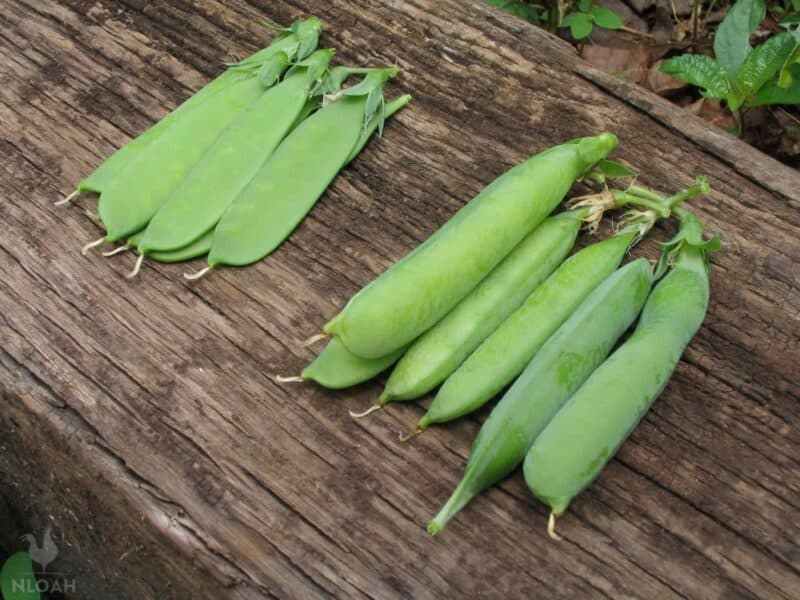
Peas aren’t just delicious and healthy – they’re also loaded with nutrient-packed calories that can help keep you full long after dinnertime. Plus, they’re easy to grow in the garden and offer quick yields in return.
Another benefit of growing peas is that they have the unique ability to fix nitrogen in the soil. This can take some time, but it can help replenish depleted soil without having to use lots of chemical fertilizers or other amendments.
One cup of peas has 130 calories along with plenty of protein, manganese, folate, vitamin C, and other vitamins and minerals.
8. Yams
Energy density: 118 kcal / 100g
Many people assume that yams and sweet potatoes are the same vegetable, but that’s actually not the case. True yams are a bit different than sweet potatoes even though they are sometimes sold under the same name.
True yams have rougher, coarser skin than sweet potatoes. However, they are super easy to cook and can even be added to stews and other dishes to surreptitiously thicken them.
The best part? Yams are filled with all kinds of nutrients, including vitamin C, fiber, and potassium, along with 180 calories per cup.
9. Lentils
Energy density: 116 kcal / 100g
Lentils aren’t for everyone, but for the survival gardener, they pose lots of benefits. They’re pretty easy to grow and to prepare. They also store well.
These veggies are loaded with vitamin B, protein, fiber, and manganese. Plus, they have around 230 calories per cup.
10. Carrots
Energy density: 41 kcal / 100g
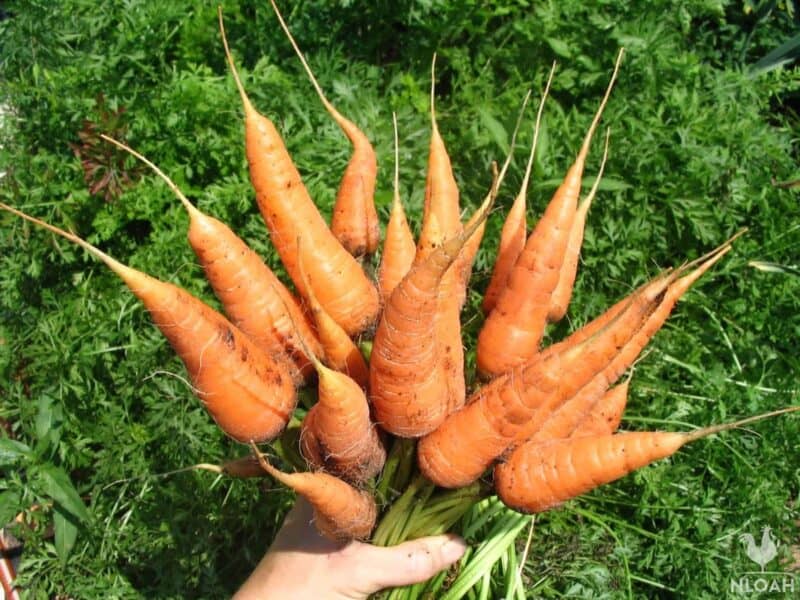
Another super-sweet veggie that’s packed with calories is the carrot. Carrots are easy to grow in any garden, tolerating cold snaps, and even a bit of frost with ease (it makes them grow sweeter!).
You don’t have to stick to the typical orange carrot in order to benefit from lots of calories and nutrients, either. There are also purple, yellow, and even red carrots you can try growing.
Whatever color of the rainbow you choose to indulge in (or whether you choose to eat them raw or cooked) you’ll get around 55 calories per cup and lots of vitamins, antioxidants, and minerals.
11. Butternut Squash
Energy density: 45 kcal / 100g
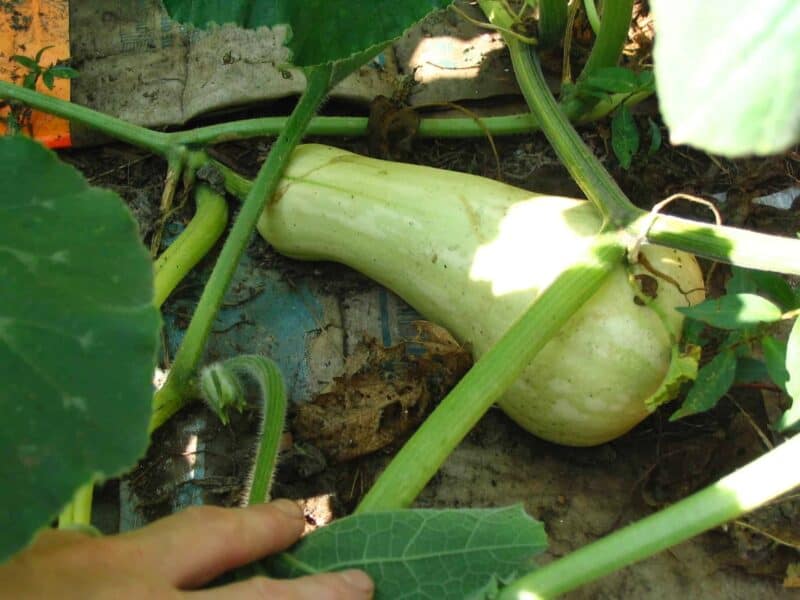
Butternut squash is an easy-to-grow vegetable that produces large, ample fruits in return. With all kinds of seeds that you can roast up separately or save to use in later vegetable gardens, it grows well and even matures in colder temperatures.
Another benefit of growing butternut squash is that it’s easy to store all winter long provided that you have a root cellar or storage basement. It’s a winter squash that can last until next spring, providing you with extra calories during the leanest time of the year.
It has a whopping 63 calories per cup along with lots of vitamins C, A, and potassium.
12. Spaghetti Squash
Energy density: 45 kcal / 100g
Spaghetti squash is another vegetable that’s not only filling but is relatively high in calories. While 30 calories per cup isn’t a lot, you can substitute spaghetti squash for your favorite type of pasta – so you’ll likely find yourself eating more than just a single cup.
It has lots of fiber and potassium to keep you full and is available in a variety of colors. The darker the squash, the more nutritious and filling it will be!
13. Garlic
Energy density: 149 kcal / 100g
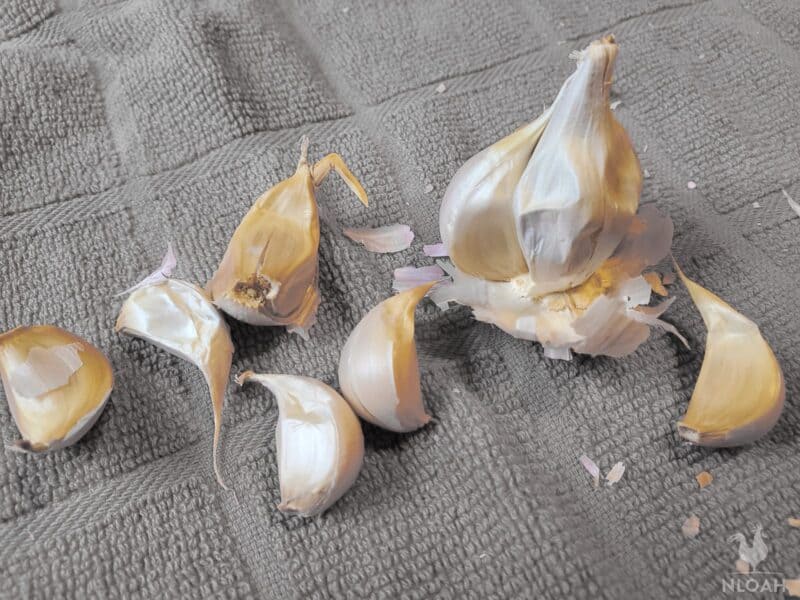
This isn’t a vegetable you’ll want to sit down and eat loads of by itself – but most people include at least a sprinkle of it on most meals that they eat. Over time, those calories are sure to add up.
Garlic is easy to grow and easy to harvest. It lasts for quite some time in storage and can be added to just about any meal to enhance its flavor. It’s known for its immune system-boosting benefits and promotes good health.
With 203 calories per cup along with plenty of vitamin C, B6, and manganese, this is a high-calorie vegetable (or is it a herb?) that you’ll want to add to your diet for sure.
14. Pumpkin
Energy density: 26 kcal / 100g
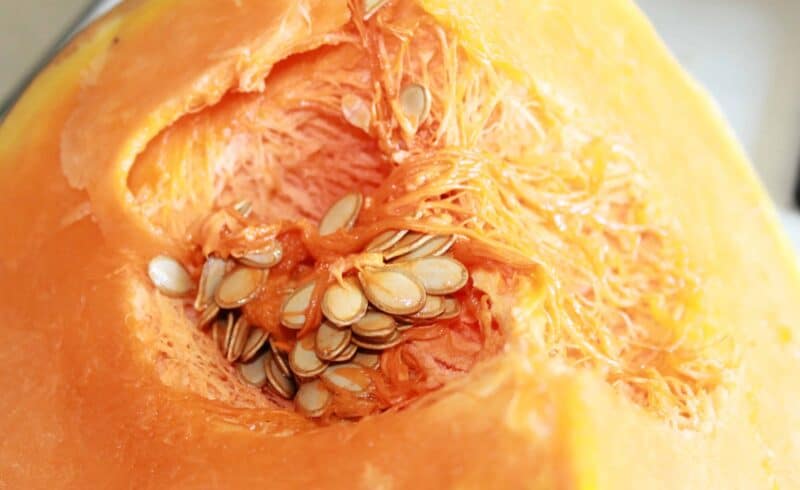
Like butternut squash, pumpkin is also loaded with calories. Many people grow pumpkins for their ornamental benefits alone but they can add lots of flavor, mass, and calories to your plate as well.
One cup of pumpkin has 30 calories along with vitamin A, vitamin C, and potassium. Pumpkins also have fiber and protein.
Since one pumpkin produces so much food – they’re just so big! – this is a great vegetable to consider growing in your garden if you want more bang for your caloric buck.
15. Jerusalem Artichokes
Energy density: 72 kcal / 100g

These aren’t real artichokes. Instead, Jerusalem artichokes are more closely related to sunflowers.
This super hardy plant requires minimal maintenance and is a perennial that comes back every year. It’s also loaded with calories- just one cup comes in at around 120 calories.
16. Taro Root
Energy density: 112 kcal / 100g
With over 180 calories per cup, this nutrient-dense plant is a subtropical to tropical creature that can’t be grown just anywhere. However, you can always grow it indoors if you live in a cooler climate!
You can eat the leaves and the root – both have lots of calories – but whichever you choose, be sure to cook them first. Raw taro can be toxic.
17. Turnips
Energy density: 28 kcal / 100g
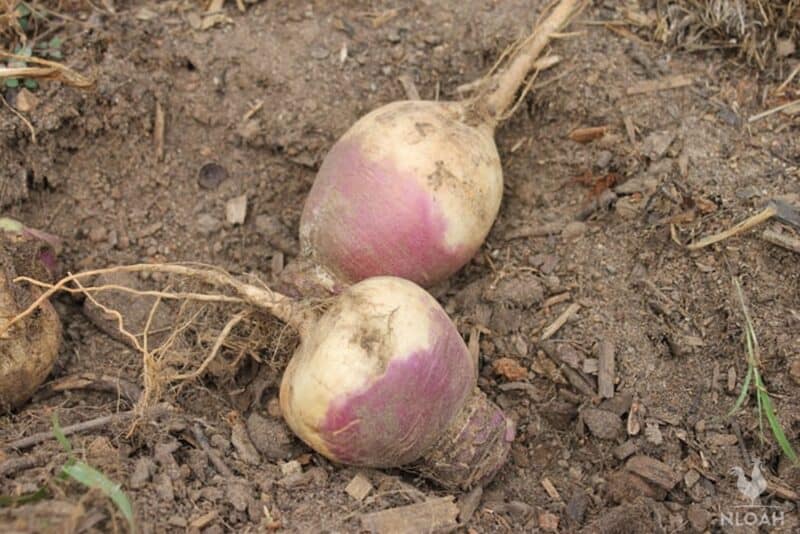
Turnips can be a bit of an acquired taste, but if you enjoy them, you’ll be happy to hear that they are relatively high in calories.
They come in at close to 40 calories per cup. The entire plant can be eaten, from the turnip greens (the leaves) to the roots. The greens, in fact, are loaded to the brim with nutrients.
18. Tomatoes
Energy density: 19 kcal / 100g
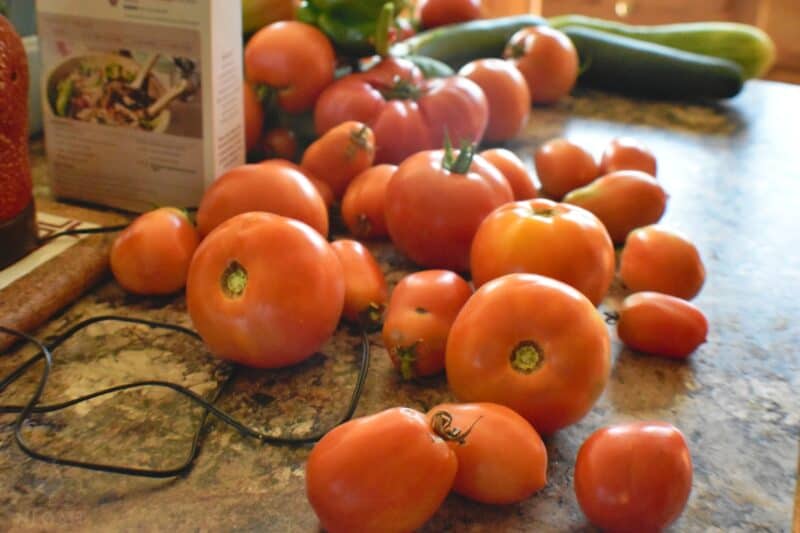
Per cup, cherry tomatoes have about 25 calories. While they aren’t the highest-calorie vegetable on this list, tomatoes are also beneficial for their fiber, sugar, and carbohydrate content.
Plus, tomatoes tend to be high-yielding and offer great returns for the minimal amount of work required to grow them. They can also be preserved in a number of ways to keep you feeling full all winter long.
19. Shallots
Energy density: 72 kcal / 100g
Shallots are higher in calories than onions while also supplying a great deal of fiber, vitamin C, and Vitamin B6. They can be grown from seed or from sets and are ready for harvest quickly – in just 60 to 120 days.
They offer a whopping 120 calories per cup, too!
20. Acorn Squash
Energy density: 39 kcal / 100g
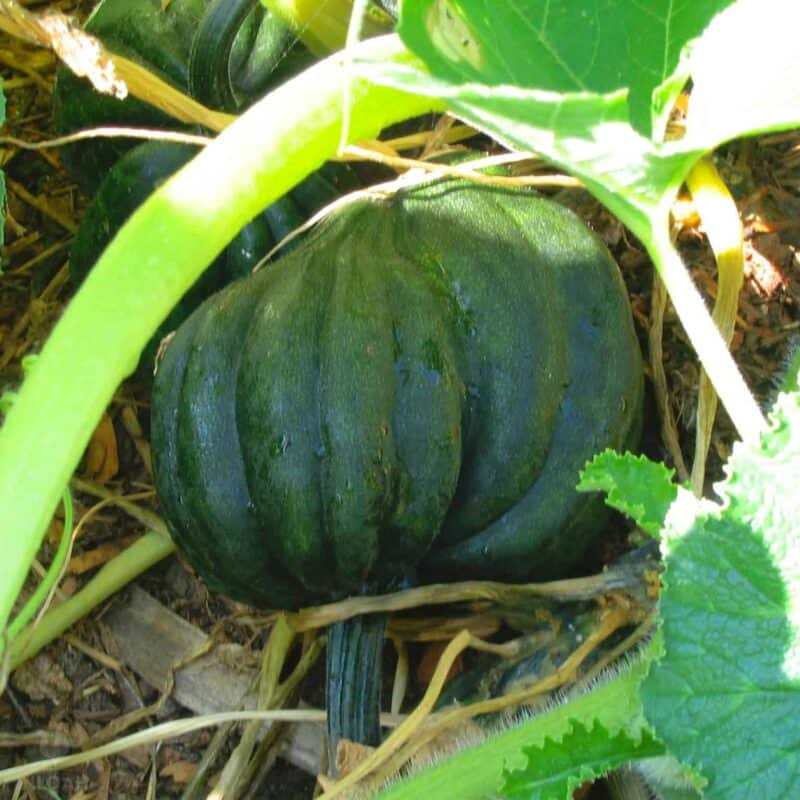
Last but not least is acorn squash. Close in flavor and texture to butternut squash, acorn squash has a distinctive appearance and, despite being smaller, is also high in calories.
It comes in at 63 calories per cup and has nearly half the vitamin C you need in a day. It’s also loaded with magnesium, calcium, vitamin B6, and iron.
Whether you’re a gardener looking to add some variety to your diet or have been tasked with feeding a family on a tight budget, growing high-calorie vegetables can be an excellent way to increase the nutritional value of what you eat.
Consider growing a few (or all!) of these high-calorie vegetables in your garden this year.
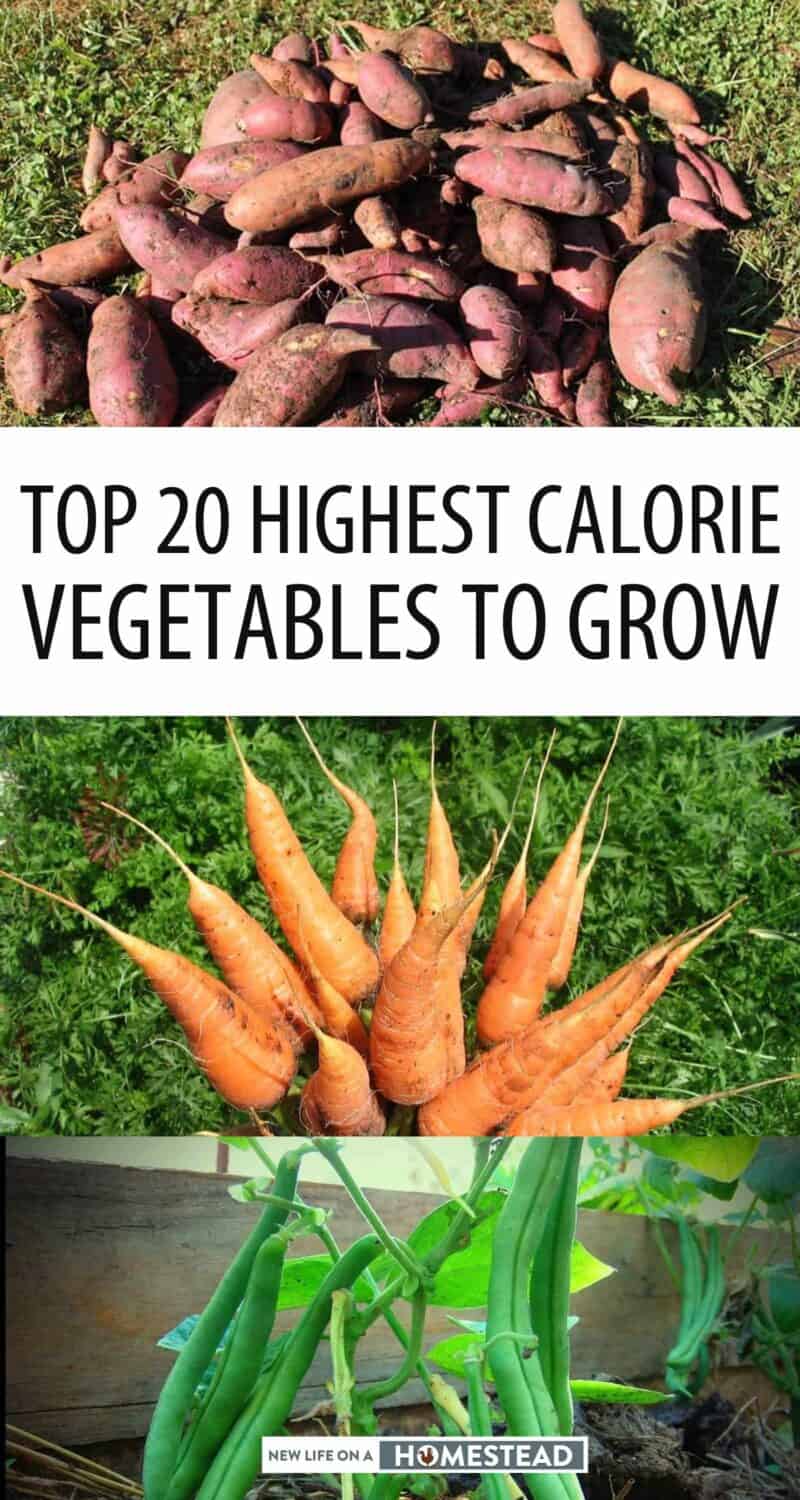

Rebekah is a high-school English teacher n New York, where she lives on a 22 acre homestead. She raises and grows chickens, bees, and veggies such as zucchini (among other things).

The nitrogen-fixing ability of peas is not “unique”. All legumes do this; dry beans beans, green/yellow snap beans, black-eyed peas, limas, lentils, runners, all of them. Even peanuts. Some legumes fix more nitrogen than others, but they all do it. Also, while it might take several seasons to rejuvenate soil with other nutrients like humus, minerals, earthworms, healthy fungi, other microbes, etc; a single season of legume planting is usually infuses adequate nitrogen to plant leafing/fruiting plants the next year.
When considering nutritional content, it’s also worth considering the advice of the great John Jeavons. He reminds us that *time* is also an important component. Wheat is demonstrably more nutritious than potatoes. But it spends far, far longer occupying space in the ground. Wheat spends anywhere from 5-9 months in the ground, depending on whether it’s an overwintering variety. You can get a small crop of new-potatoes in as little as 2 months and a real crop of full-size ones in 3-4 months. That makes them far more nutritious per acre/square foot and *per growing day*. The same holds true for many other things, depending on the nutrients you’re looking for; for instance, winter squash vs yellow beets.
Excellent addition to this article! Thank you.